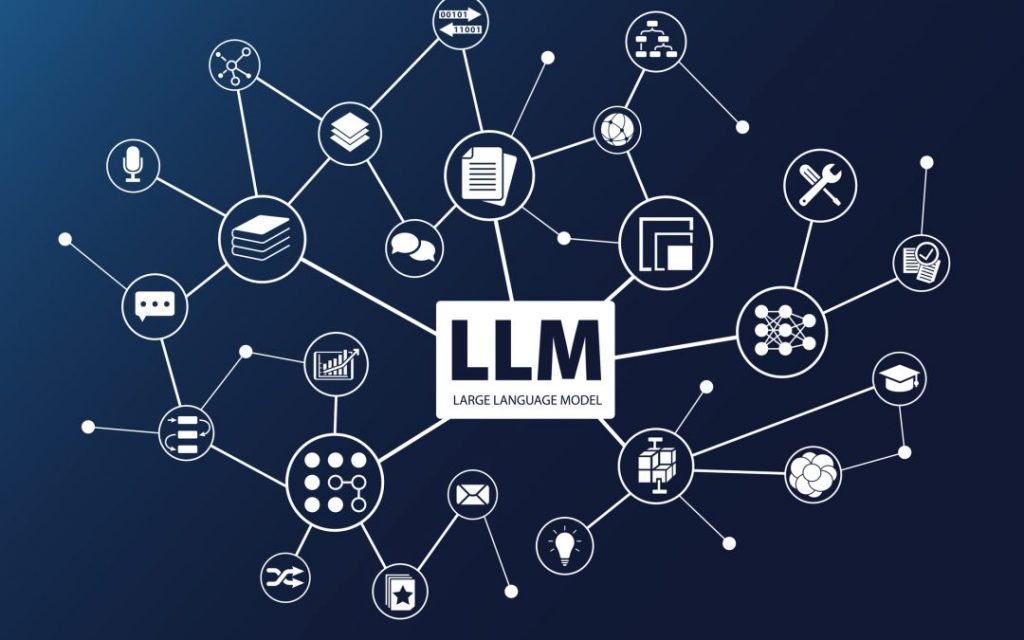22nd October 2023,University of Birmingham, UK

About the Workshop
Knowledge graphs are used for organizing and connecting individual entities to integrate the information extracted from different data sources. Typically, knowledge graphs are used to connect various real-world entities like persons, places, things, actions, etc. For the knowledge graphs created using the enterprise data, the knowledge graph entities can be of different types—static entities (e.g., people, projects), communication entities (e.g., emails, meetings, documents), derived entities (e.g., rules, definitions, entities from emails), etc. The graphs are used to connect these entities with enriched context (as edges and node attributes) and used for powering various search and recommendations applications.
With the advent of large language models, the whole lifecycle of knowledge graphs involving –information extraction, graph construction, application of graphs, querying knowledge graphs, using the graph for recommendations, etc., — is impacted. With large language models such as GPT, LLaMA, PALM, etc., entity and relationship extraction can be improved. Similarly, one can answer different types of queries using LLMs which were very difficult without them. This workshop is about improving the enterprise knowledge graphs and its applications using large language models.
Enterprise graphs can be of different scopes—whether it contains data from individual users/customers, a sub-organization, or the whole enterprise. This workshop will also cover various privacy and access control related issues which are typical for any enterprise graph. These include privacy preserving federated learning, using LLMs to extract information from private data, querying the knowledge graph in a privacy preserving manner, etc.
Workshop Objectives, Goals, and Outcomes
Knowledge graphs can integrate diverse data sources and provide a holistic view to the downstream applications. By virtue of being structured, knowledge graphs offer transparency and interpretability to the search and recommendations applications. As per one prediction, this connected data with semantically enriched context applications and graph mining will grow 100% annually. This workshop is about creating and using knowledge graphs on the enterprise data. This data is the internal data of the enterprises—of their employees and/or their customers. Unlike the graphs of open-web entities, enterprise knowledge graphs (EKG) connect the entities specific to the enterprises. For example, all the employee emails, meetings, documents, projects, etc., can be used to create a graph and this graph can be used to summarize the interaction between two employees, identify close collaborators, identify documents which should be attached to an email, documents associated with a project, etc. Similarly, there can be a knowledge graph of items, suppliers, teams, regions, etc., and the graph can be used to recommend suppliers for a particular requirement.
In this workshop we will be covering how large language models can help with the construction and usage of these enterprise knowledge graphs. This involves improving all the aspects of EKG workflow using large language models: entity extraction, entity enrichment, EKG construction, querying EKG for search and recommendations, scenario specific EKG, etc. Besides the well-known challenges associated with the knowledge graphs, EKGs have other issues—how to extract entities from private enterprise data? how to use large language models in a privacy aware manner? how to create relationships between different entities while preserving privacy? how to create EKG with internal (e.g., employees) data and external (e.g., suppliers) data? how is access control maintained in an EKG where data is from different divisions of the enterprise? how are the enterprise recommendations application different compared to, say, movie or a product recommendations? how can one integrate EKG with large language models for a particular application? etc. To ensure privacy and separation of access one may need to use federated graph learning while developing applications over EKGs. How to use federated learning in large language models? Through this workshop we would like to highlight research issues specific to the integration of the enterprise knowledge graphs with large language models and associated applications. By bringing together the researchers (from academia as well as industry) and practitioners (mainly from industry) we want to achieve that.
Workshop Themes
- Enterprise Knowledge Graph (EKG) design and Implementation
- Scalable extraction of enterprise entities using LLMs
- Building EKGs for specific domains or applications
- Natural Language Processing (NLP) algorithms to build EKGs.
- Relationship extraction using large language models
- Federated graph learning with LLMs
- Privacy in graph algorithms
- Privacy preserving graph construction and mining
- Semantic reasoning based on deep learning on graph
- Industrial applications of EKGs: banking, financing, retail, healthcare, medicine, etc.
- Explainable AI based on EKG
- Use of EKG and LLMs for search and recommendations
Target Audience
Researchers and Practitioners from industry and academia. The practitioners and researchers from industry are likely to present their domain, graphs they are building using LLMs, for various applications, whereas folks from academia are likely to identify research problems of common interest and advice appropriately.

